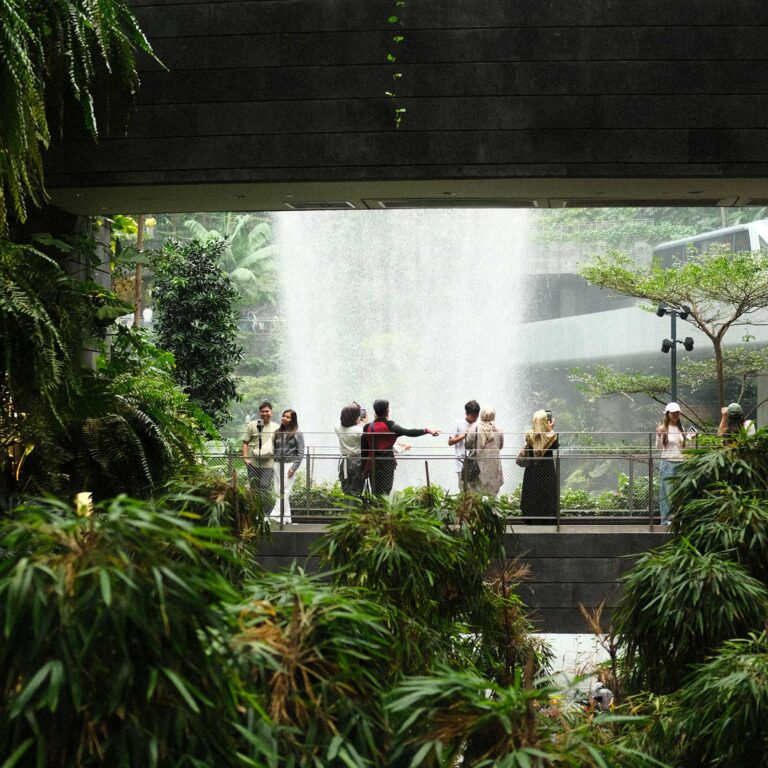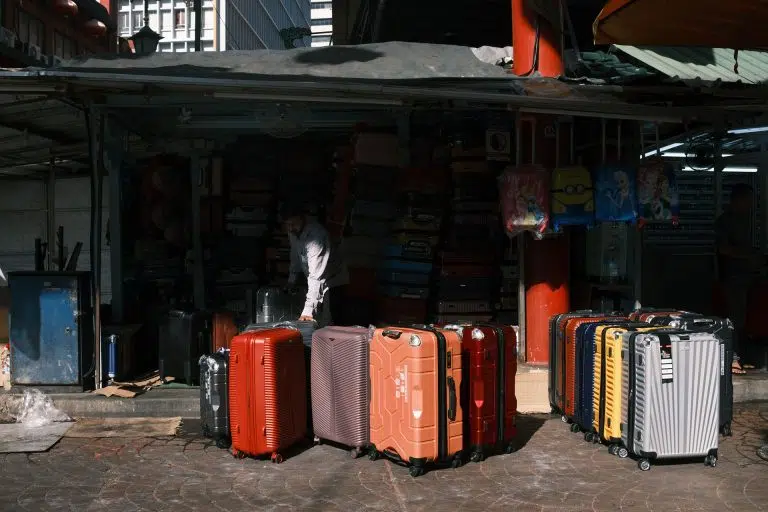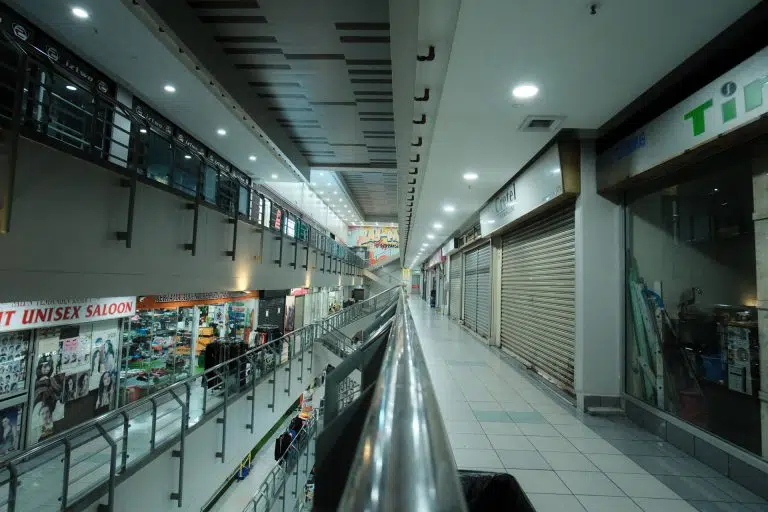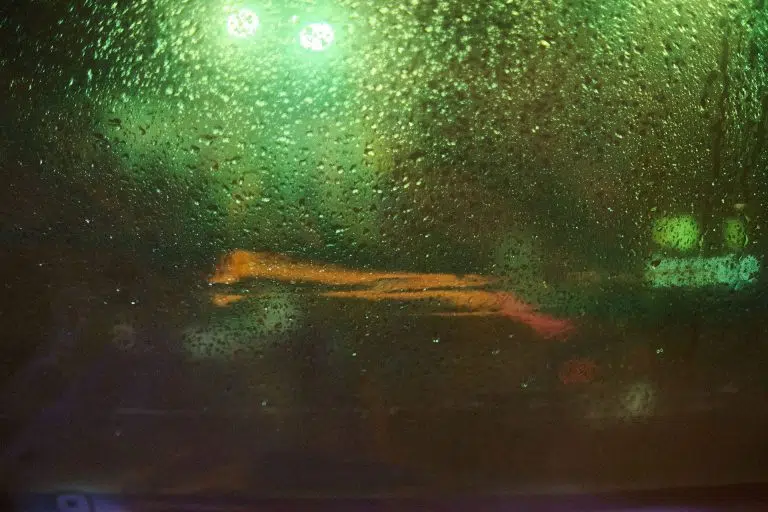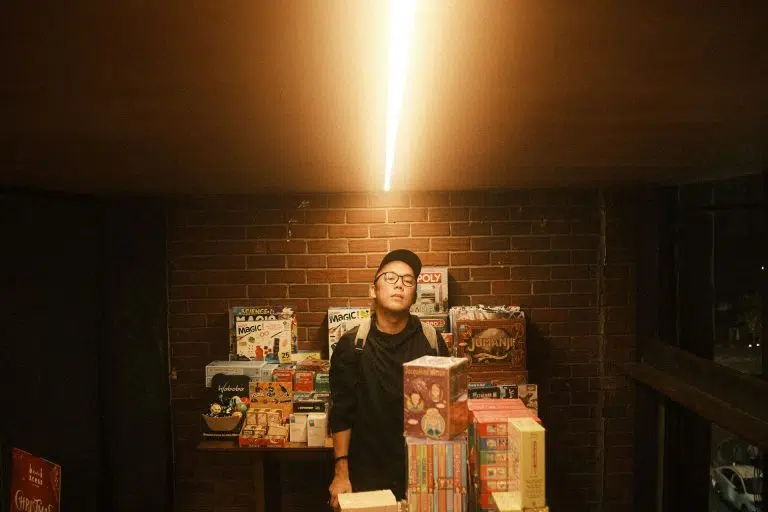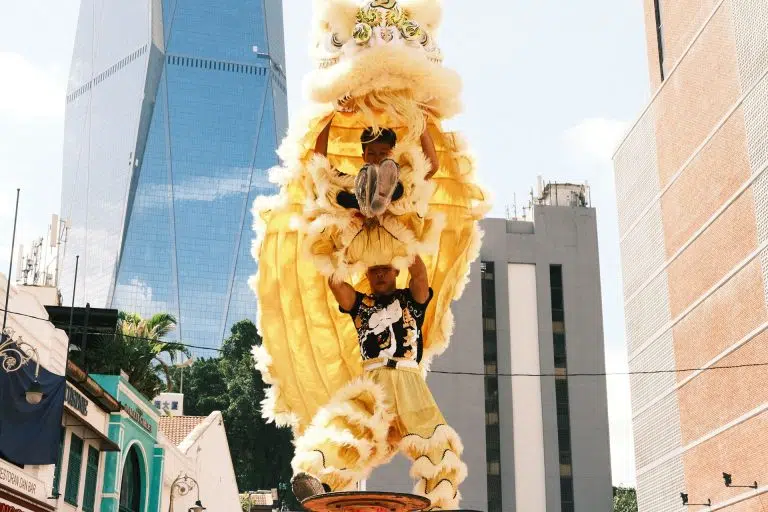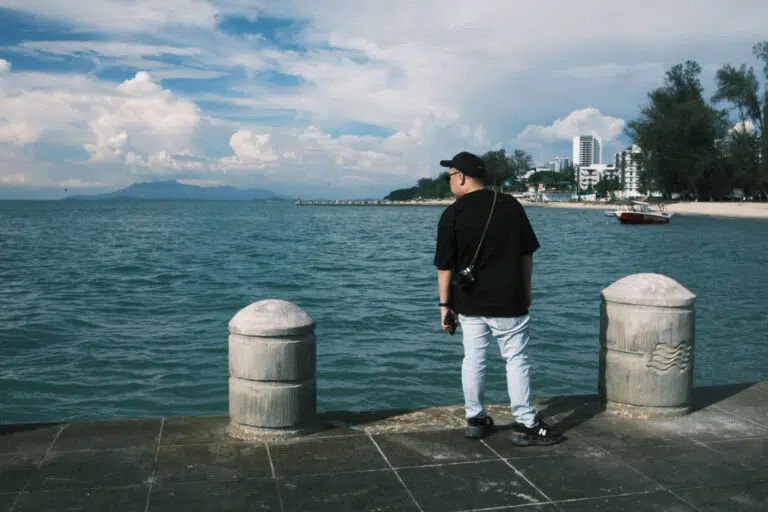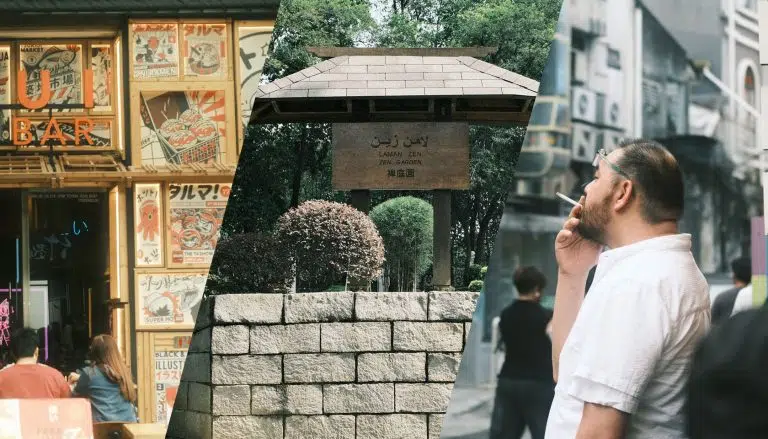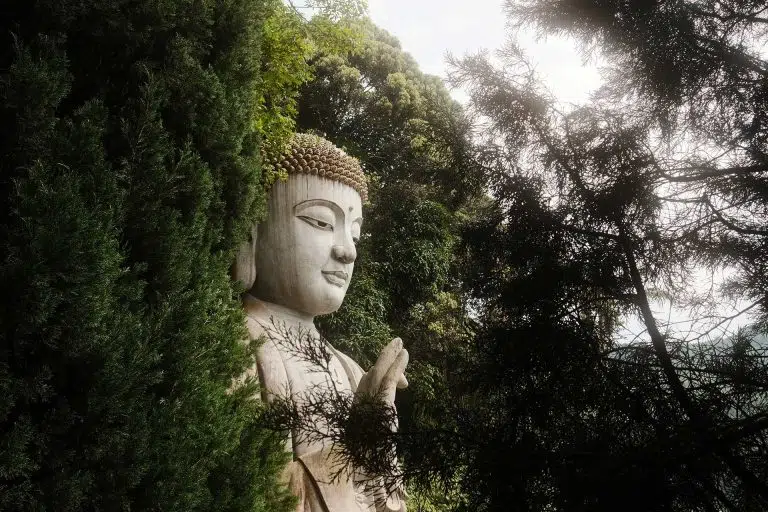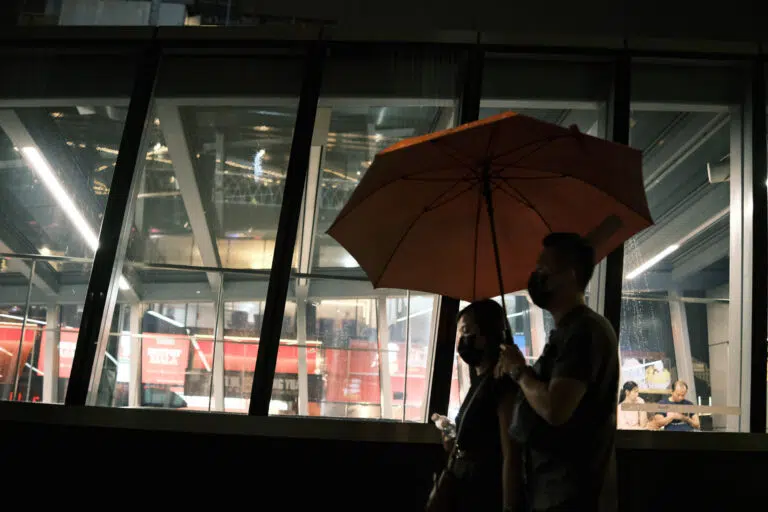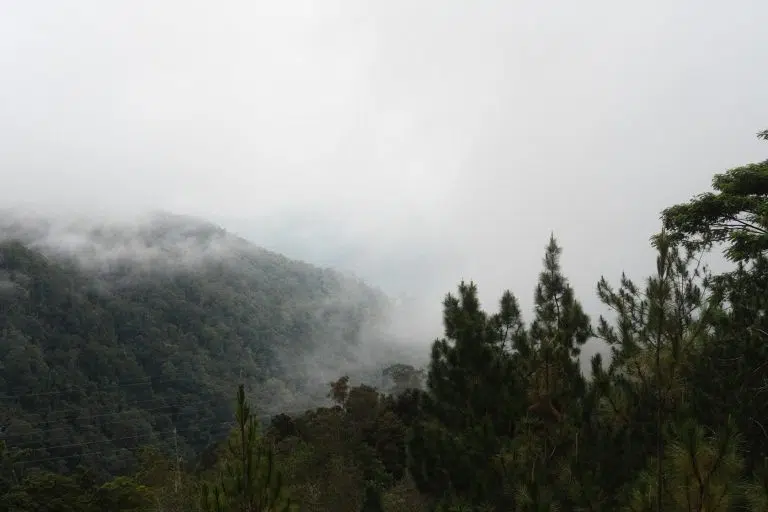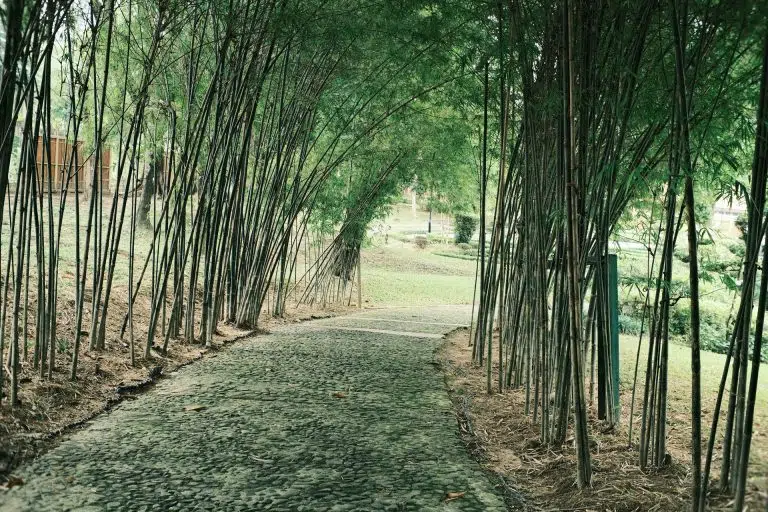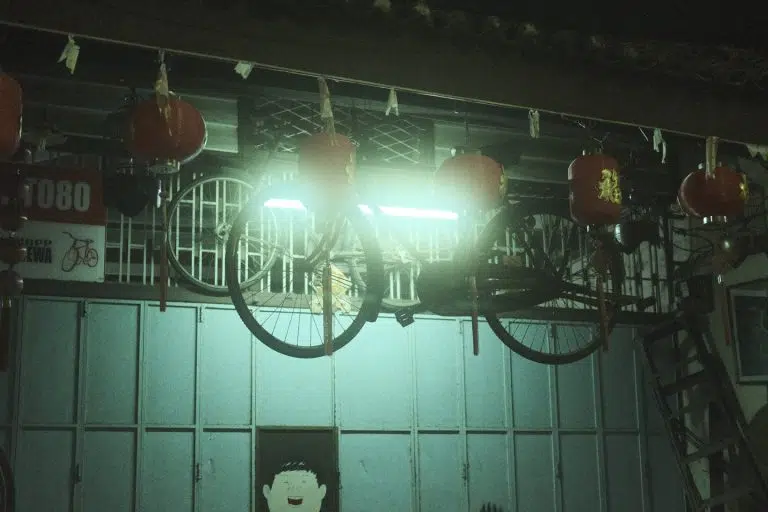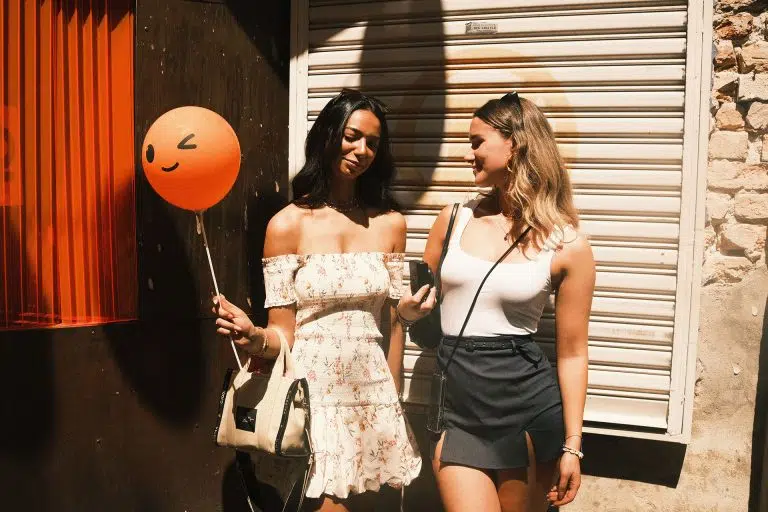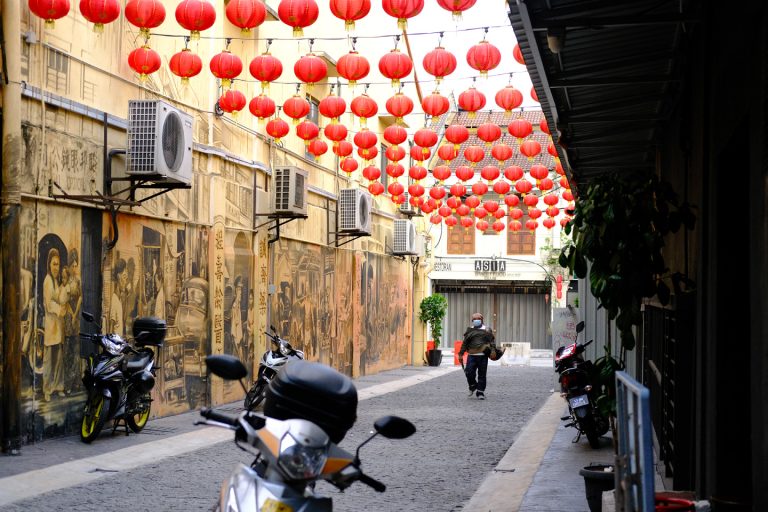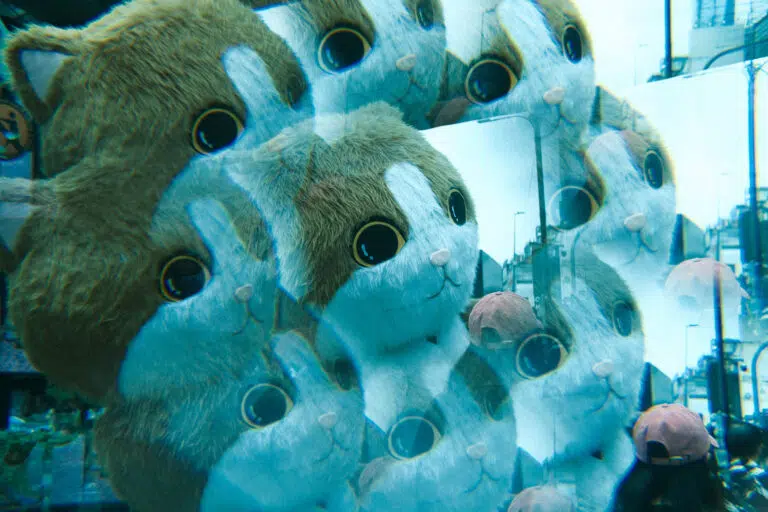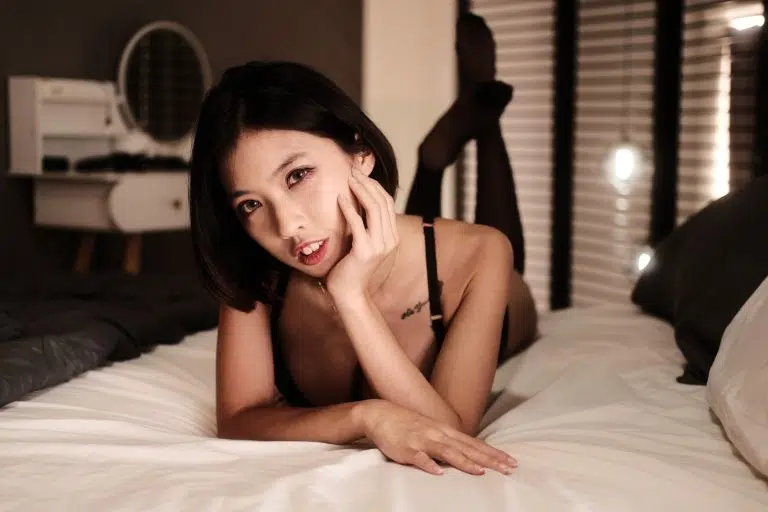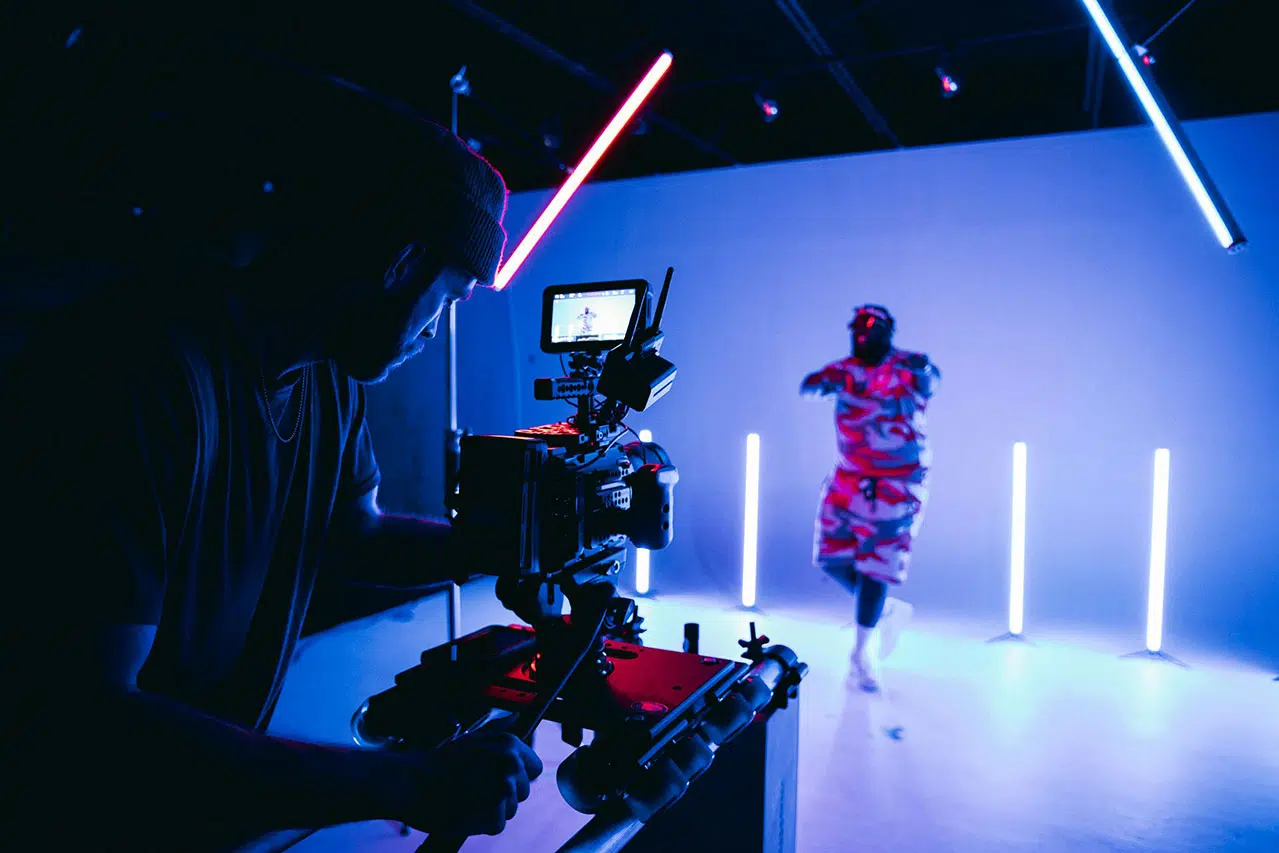Yes, as long as your camera includes base simulations like Acros, Classic Negative, or Provia, you can apply custom settings. However, older Fujifilm cameras may not have the ability to save custom settings, meaning you’ll need to manually adjust them each time.
Some features, such as Clarity, Color Chrome Effect, and Color Chrome FX Blue, may be missing. However, you can still tweak Highlights, Shadows, Colors, and White Balance Shift to achieve similar results. While the final look may not match exactly, these adjustments help bring out the film-like tones.
